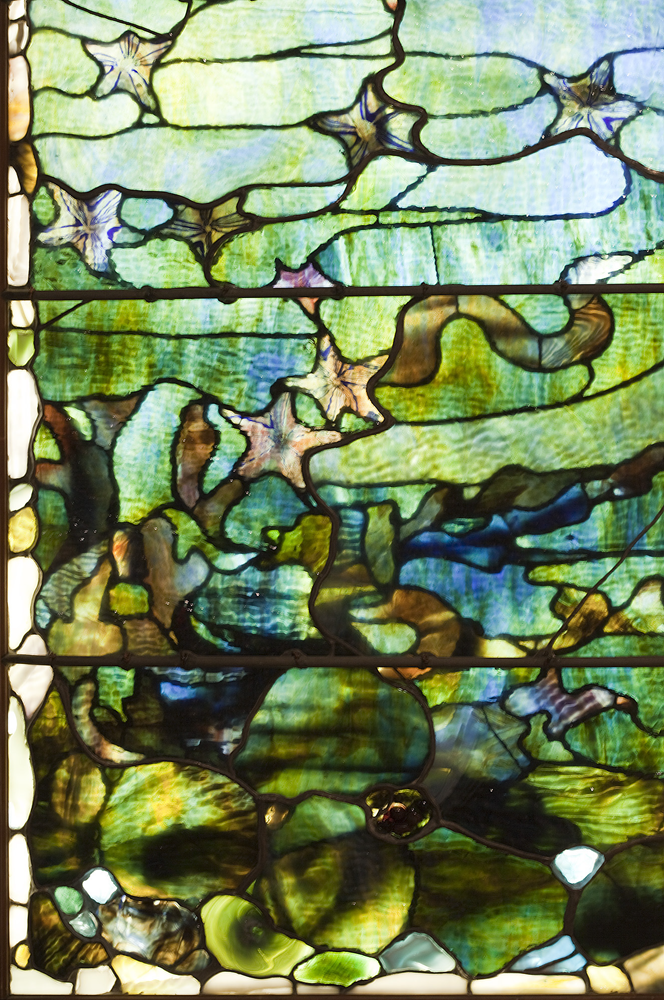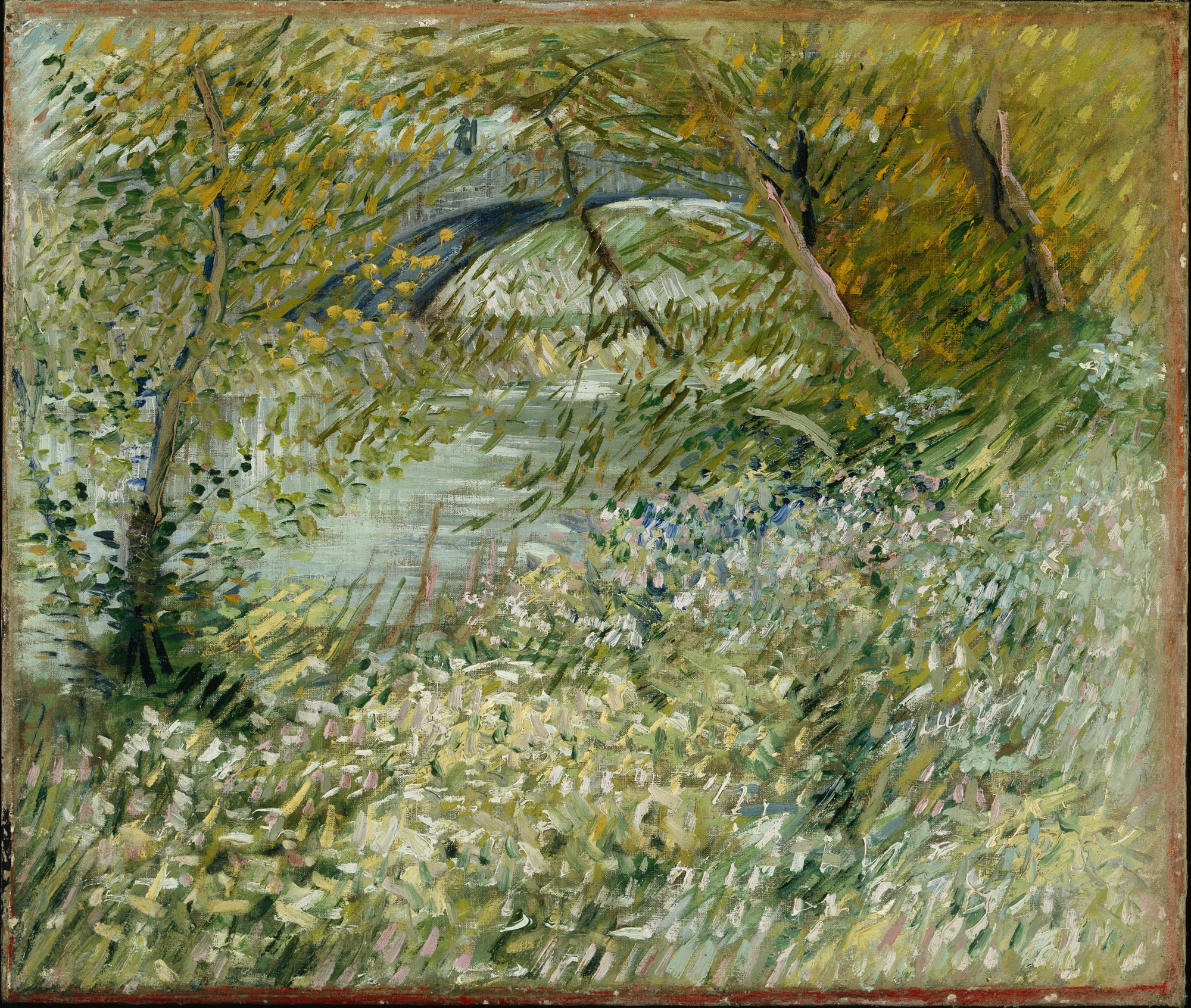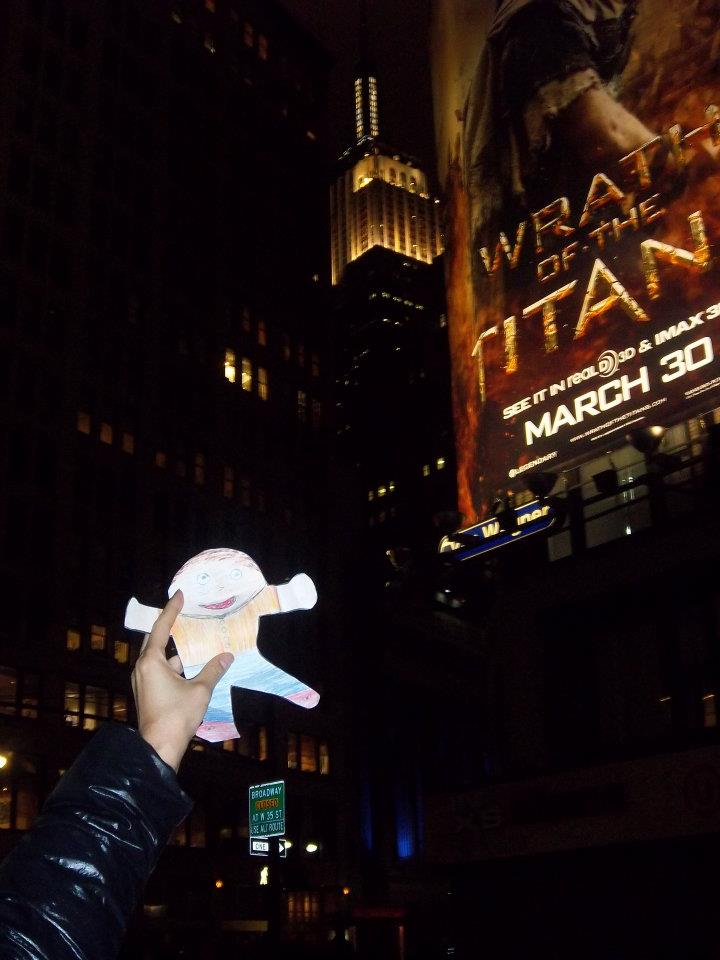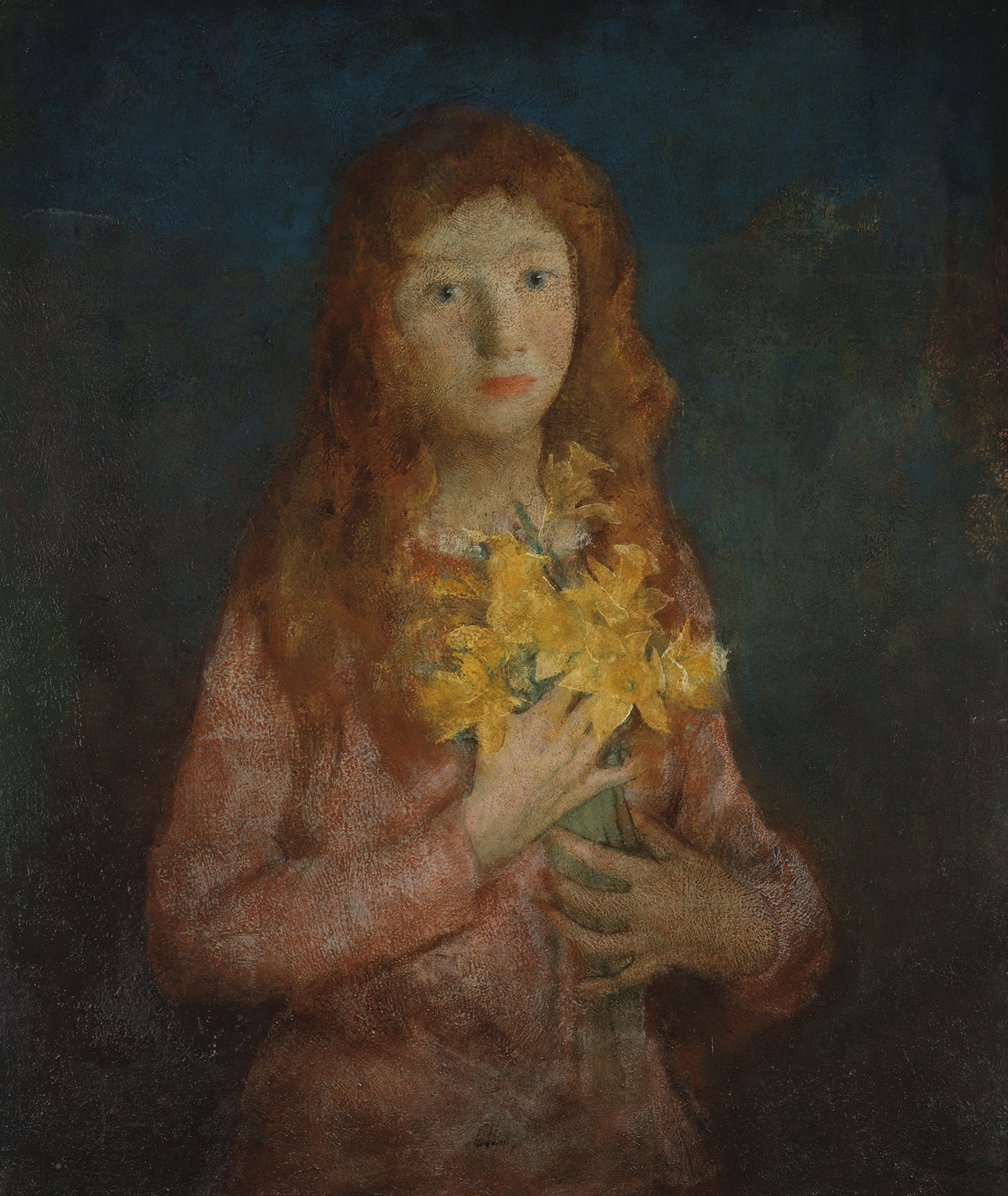Cindy Sherman, the groundbreaking artist’s retrospective that spans her career from the mid-1970s to the present, is currently on view at the DMA through June 9, 2013. Her photographs derive inspiration from a myriad of sources, including television, film, art history, high society, and cultural stereotypes. These themes, influences, and connections that run throughout her work can also be explored in many seemingly unrelated artworks in the DMA’s permanent collection.
Photography
Like the work of many of her contemporaries, Sherman’s photographs operate in opposition to her modernist predeecssors, like Alfred Stieglitz, Paul Strand, Edward Weston, and Ansel Adams, who elevated form over content. Sherman, on the other hand, is more interested in how photography and images shape and exist within contemporary society. In fact, instead of identifying as a photographer, she sees herself as an artist who uses photography.
- Jeanne: Spring, Edouard Manet
- Prince Flying a Kite, Kangra style, Pahari
-
Cindy Sherman, Untitled Film Still #28, 1979, Dallas Museum of Art, gift of Fredericka Hunter and Ian Glennie, Houston. (left)
- Paul Strand, Abstraction, Porch Shadows Connecticut (1915), negative 1915, print 1976, Dallas Museum of Art, gift of Joseph W. Gray, M.D. (right)
Female Contemporaries
Sherman cites several women artists, including Hannah Wilke, Lynda Benglis, Eleanor Antin, and Suzy Lake, as role models for bringing their own female bodies into their artistic practice. She also acknowledges the leading role that females, herself included, played in the formation of postmodernist work, observing: “In the later ’80s… what probably did increase the feeling of community was when more women began to get recognized for their work, most of them in photography: Sherrie [Levine], Laurie [Simmons], Sarah Charlesworth, Barbara Ess… There was a female solidarity.”
- Meadow Wind, Charles T. Bowling
- Detail of Window with Starfish (“Spring”)
- Sherrie Levine, After Man Ray (La Fortune): 6, 1990, Dallas Museum of Art, anonymous gift. (left)
- Lynda Benglis, Odalisque (Hey, Hey Frankenthaler), 1969, Dallas Museum of Art, DMA/amfAR Benefit Auction Fund. (upper right)
- Hannah Wilke, Pink Champagne, 1975, Collection of Marguerite Steed Hoffman. (lower right)
Portraits and Self-Portraits
Though Sherman serves as the model as well as the artist, director, and producer for all her photographs, she is adamant that none of her photographs are self-portraits. In fact, she feels rather detached from the characters she portrays: “It’s not like I’m method acting or anything. I don’t feel that I am that person… I don’t become her.” Along with the varied works below, Sherman tests the traditional definition of portraiture and self-portraiture.
- Cindy Sherman, Untitled #89, 1981, Dallas Museum of Art, General Acquisitions Fund.
- George Wesley Bellows, Two Women
- Things the wet nurse told me
- River Bank in Springtime, Vincent van Gogh
- Jackie Saccoccio, Portrait (Hermetic), 2012, Collection of Marguerite Steed Hoffman. (left)
- Jackson Pollock, Portrait and a Dream, 1953, Dallas Museum of Art, gift of Mr. and Mrs. Algur H. Meadows and the Meadows Foundation, Incorporated. (upper right)
- Jim Dine, Self-Portrait Next to a Colored Window, 1964, Dallas Museum of Art, Dallas Art Association Purchase, Contemporary Arts Council Fund. (lower right)
Rococo Influences
Through her partnership with a Limoges porcelain house, Sherman produced a dinnerware and tea service set inspired by Madame de Pompadour. On the DMA’s soup tureen pictured below, Sherman appears dressed up as this famed and influential mistress of King Louis XV. The Museum’s Abduction of Europa was painted by Jean Baptiste Marie Pierre, the Rococo artist who was named First Painter to King Louis XV in 1770.
- With the Empire State Building lit up in the distance
- Bougival, Maurice de Vlaminick
- Cindy Sherman, “Madame de Pompadour (née Poisson)” soup tureen with platter, 1990, Dallas Museum of Art, DMA/amfAR Benefit Auction Fund. (left)
- Jean Baptiste Marie Pierre, The Abduction of Europa, 1750, Dallas Museum of Art, Foundation for the Arts Collection, Mrs. John B. O’Hara Fund.
Film
Sherman states: “Film has always been more influential to me than the art world.” In fact, her seminal body of work–the Untitled Film Stills produced from 1977 to 1980–visually recalls 1950s and 1960s Hollywood, film noir, B-movies, and works by directors such as Alfred Hitchcock, Michelangelo Antonioni, and Douglas Sirk. The two artists whose works are shown below found a similar inspiration in film.
- River Bank in Springtime, Vincent van Gogh
- A Host of Golden Daffodils, Charles Webster Hawthorne
- Marlo Pascual, Untitled, 2009, Dallas Museum of Art, Lay Family Acquisition Fund. (left)
- Luc Tuymans, The Man from Wiels II, 2008, The Rachofsky Collection and the Dallas Museum of Art through the DMA/amfAr Benefit Auction Fund. (right)
Alex Vargo
McDermott Intern for Gallery Teaching











